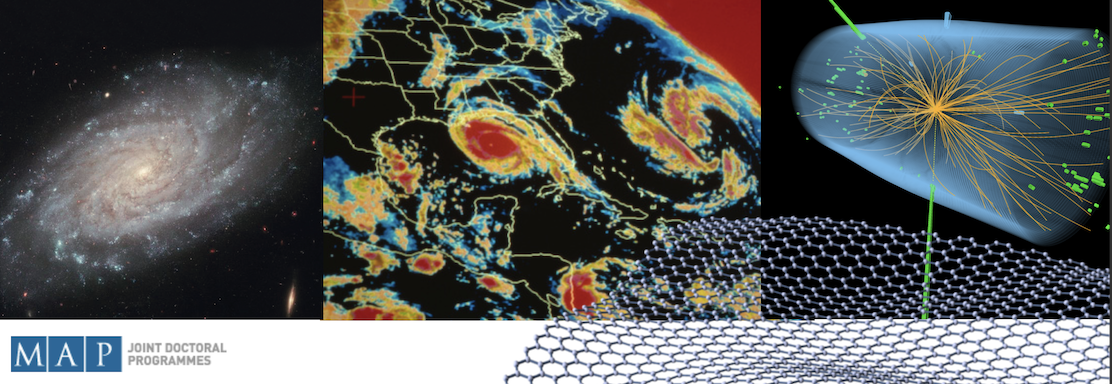Speaker
Description
Atmospheric aerosols are known to significantly influence global and regional climates through their interactions with radiation and cloud microphysical processes. However, these interactions are difficult to represent in the current atmospheric chemistry models, because of their dependence on aerosol chemical composition, concentration, and size, which are intrinsically linked to aerosol emission, ageing, and removal processes.
In the absence of precipitation, large uncertainties arise from the parameterization of aerosol deposition across the aerosols’ size spectrum. Hence, an incorrect representation of aerosol dry deposition could lead to inaccuracies in the estimation of aerosol optical properties and aerosol-radiation-cloud interactions
In this study, a large-scale configuration of the Weather Research and Forecasting model coupled with chemistry (WRF-Chem) is validated and used to evaluate the impact of three different aerosol dry deposition parameterizations coupled with the 8-size bin Model for Simulating Aerosol Interactions and Chemistry (MOSAIC 8-bin) on modelled aerosol concentrations, size distribution, and size-resolved aerosol optical depth during a Saharan dust event that affected the Iberian Peninsula during 8–12 of August 2010. Model results were evaluated against observations from meteorological, air quality, and sounding stations, as well as different satellite and ground based remote sensing measurements.
By performing model simulations using the different dry deposition options, it was found that the simulated aerosol loads across the different aerosol sizes are largely dependent on the of the dry deposition parametrization, especially for the particle size range 5.0–10 µm of the MOSAIC 8-bin, where domain-averaged relative differences in aerosol loads between simulations can be as high as 90 % and in aerosol optical depth at 550 nm (AOD) as high as 108 %. However, due to the compensating effects of aerosol mass in the smaller sized bins and the higher optical efficiency by unit of mass of the smaller aerosols, the domain-averaged relative differences on the size-integrated AOD do not exceed 30 % between the schemes.
These results highlight the importance of assessing the model’s sensitivity to dry deposition for studies of aerosol feedback mechanisms.
| Which topic best fits your talk? | Climate and Environment |
|---|

